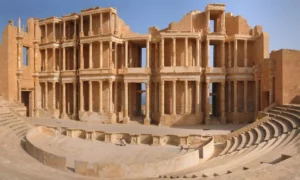Sabratha, once a thriving city of the ancient Roman Empire, stands as a testament to the grandeur of Roman architecture and urban planning. Located in modern-day Libya, this archaeological site showcases the remnants of a civilization that has influenced the Mediterranean for centuries. The ruins of Sabratha, part of the UNESCO World Heritage site of the Archaeological Site of Sabratha, offer a glimpse into the past, with its well-preserved theatre, temples, and mosaics telling stories of a bygone era.
Ancient Romans
Ancient Roman Historical Sites and Ruins
Ancient Roman Mythology
| Jupiter |
| Juno |
| Neptune |
| Minerva |
| Mars |
| Apollo |
| Venus |
| Diana |
| Vulcan |
| Vesta |
| Ceres |
| Mercury |
| Pluto |
| Janus |
| Bacchus |
| Saturn |
| Cupid |
Roman Artifacts
| The Pilate Stone |
| The Lycurgus Cup |
| Scorpio (weapon) |
| Vindolanda Tablets |
Historical Figures
| The Full List of Roman Emperors |
| Nero |
| Julius Caesar |
| Marcus Aurelius |
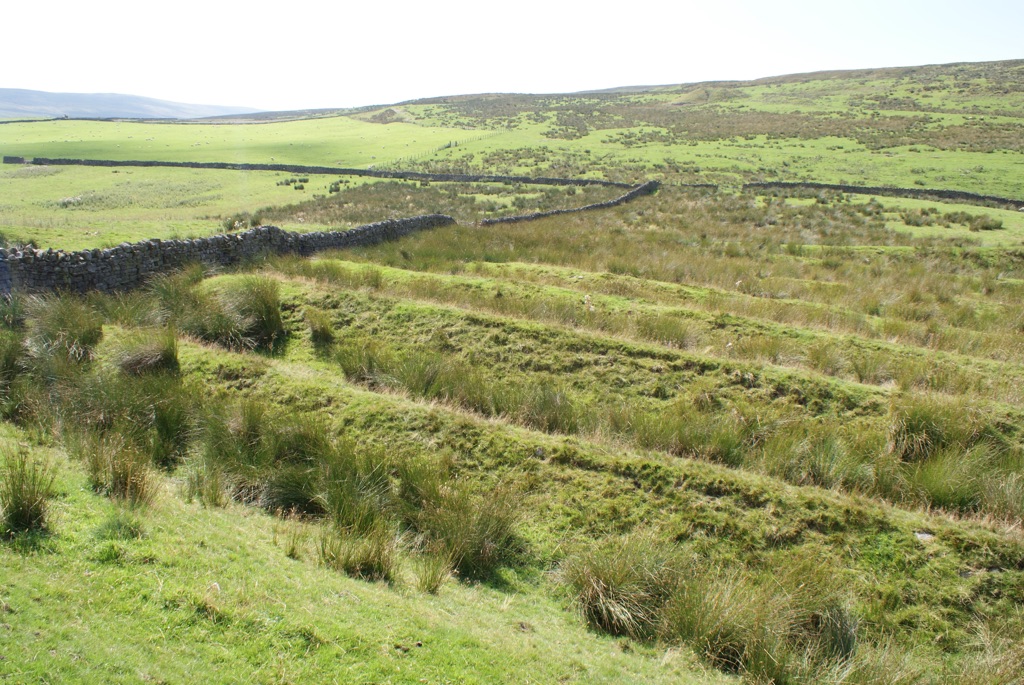
Whitley Castle (Epiacum Roman Fort)
Whitley Castle, also known as Epiacum, is a Roman fort situated in Northumberland, England. It boasts a unique diamond-shaped design, which stands out among Roman fortifications. The site, perched on a spur of Alston Moor, overlooks the South Tyne Valley. Archaeologists believe the fort served both military and administrative purposes during the Roman occupation of Britain. Over time, Whitley Castle has sparked interest for its historical significance and the insights it provides into Roman military architecture.
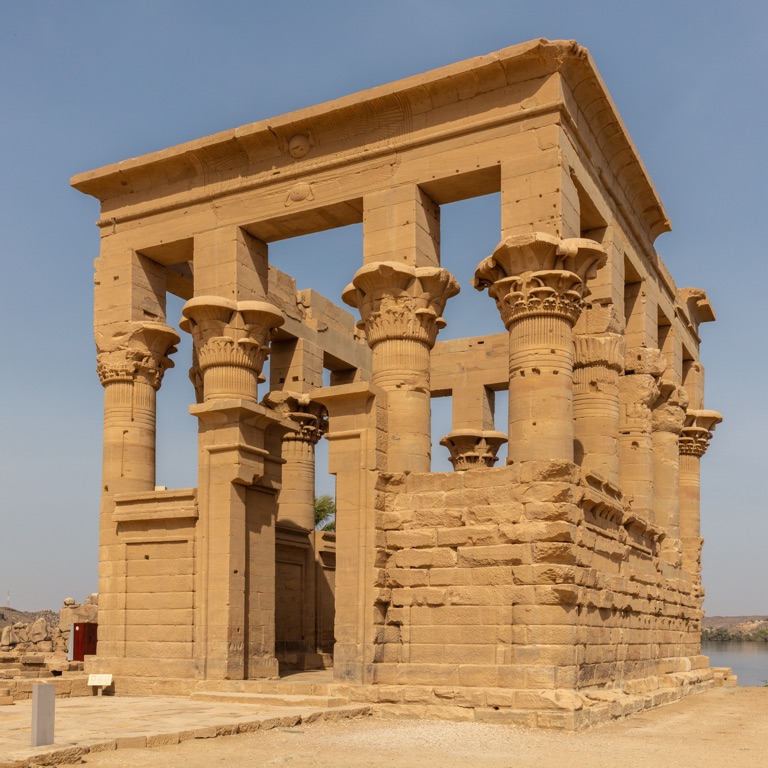
Trajan’s Kiosk
Trajan’s Kiosk is a striking ancient structure located on the island of Philae in Egypt. It is one of the largest and best-preserved kiosks ever discovered, serving as a pharaonic gateway. This architectural marvel was part of the Isis temple complex and is often associated with the Roman Emperor Trajan. However, its origins and purpose extend beyond his reign, reflecting a blend of Egyptian and Greco-Roman artistry. The kiosk’s significance lies not only in its historical context but also in its relocation due to the Aswan Dam’s construction, which threatened to submerge it forever.
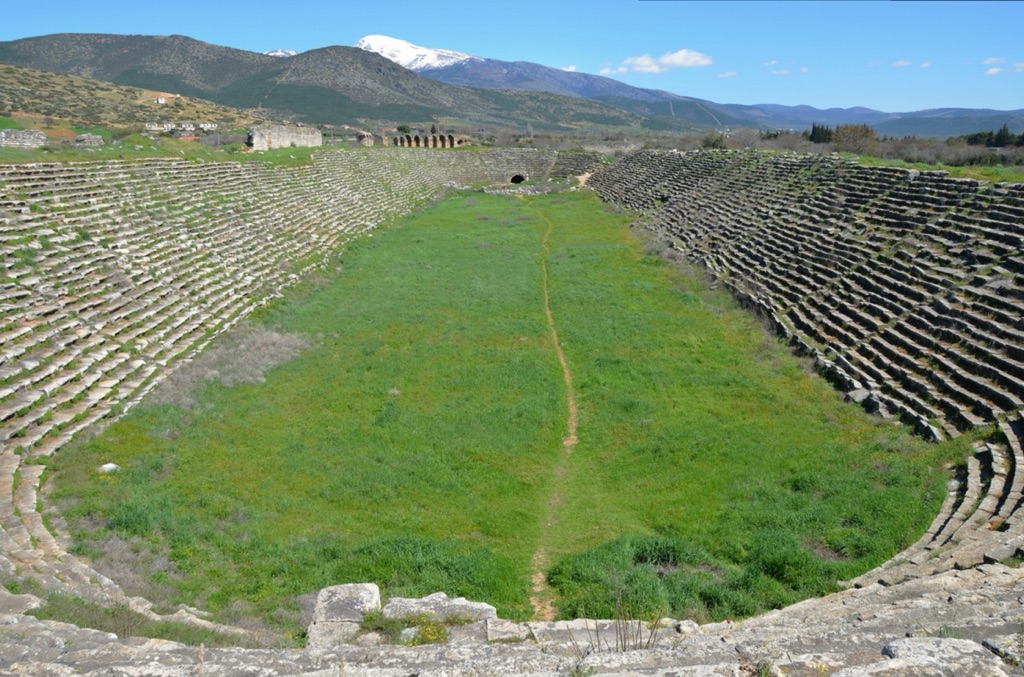
Stadium Aphrodisias
The Stadium of Aphrodisias is a remarkable ancient structure located in the city of Aphrodisias, now part of Turkey. This grand stadium is renowned for its well-preserved state and the insight it provides into ancient sports and entertainment. It stands as a testament to the architectural prowess and social customs of the Greco-Roman world.
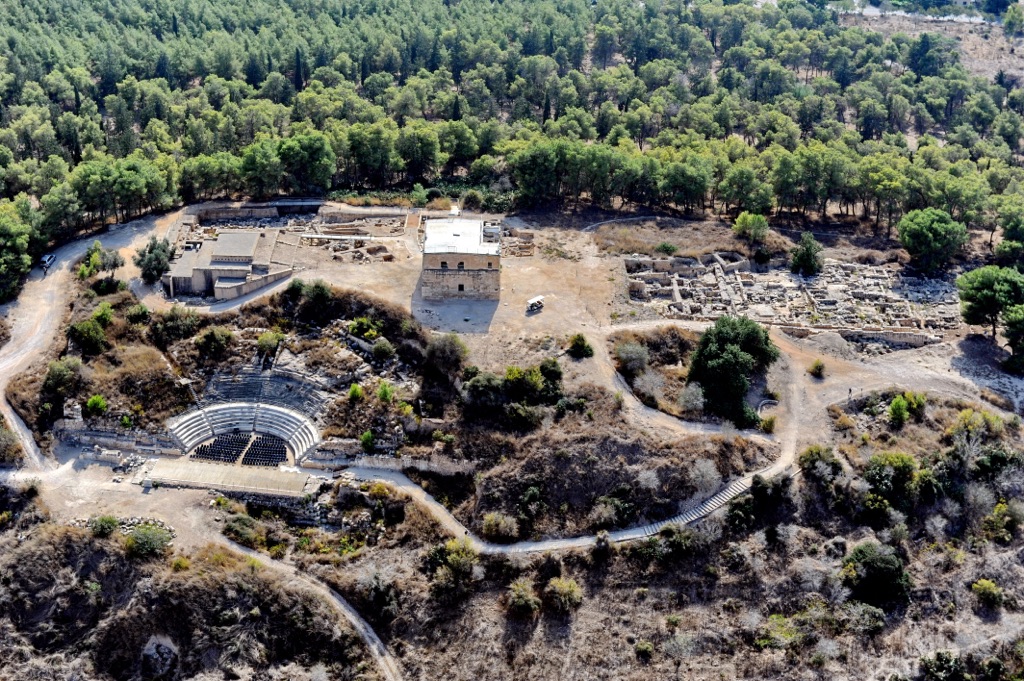
Sepphoris
Sepphoris, an ancient city in the Galilee region of Israel, boasts a rich tapestry of history. It served as a cultural and political hub over the centuries. Known for its diverse population and stunning mosaics, Sepphoris reflects the various civilizations that have left their mark. The city’s strategic location made it a prized possession for conquering armies. Today, it stands as a testament to the complex history of the Middle East, offering invaluable insights into the past.
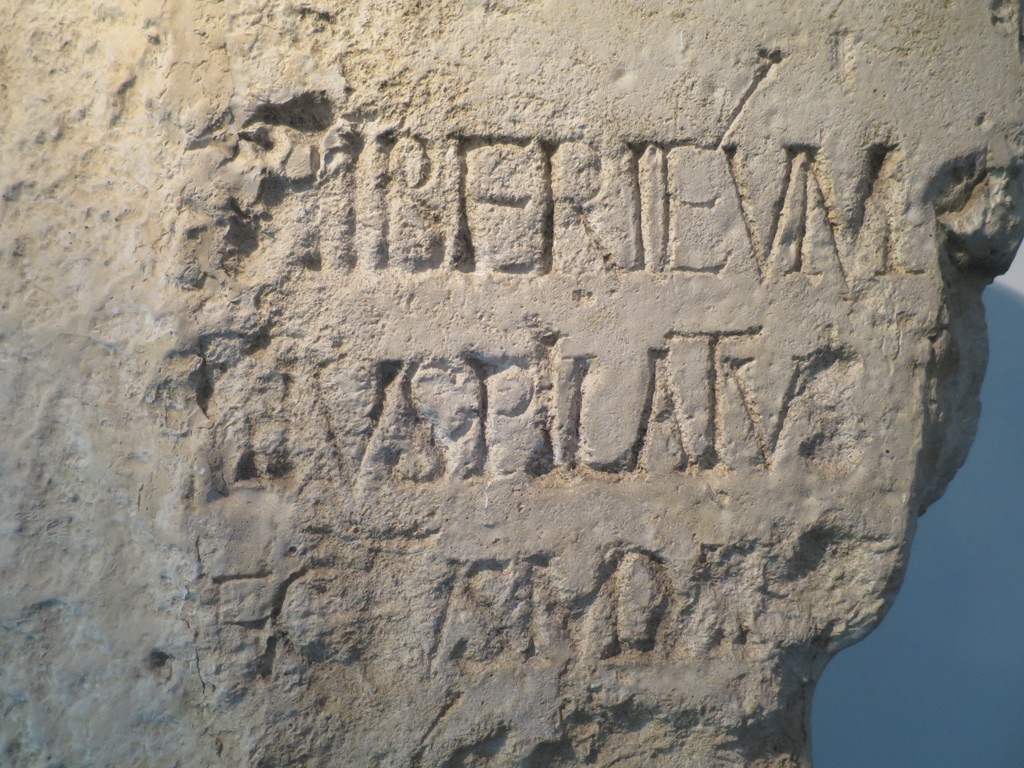
The Pilate Stone
The Pilate Stone is a significant archaeological find that provides tangible evidence of Pontius Pilate’s historical existence. Discovered in 1961, this stone inscription is the only known occurrence of Pilate’s name outside the biblical texts. It serves as a critical artifact for historians and archaeologists, confirming the New Testament accounts of the man who governed Judea and ordered the crucifixion of Jesus Christ. The stone’s discovery has had a profound impact on biblical and historical scholarship, bridging the gap between historical records and religious texts.

